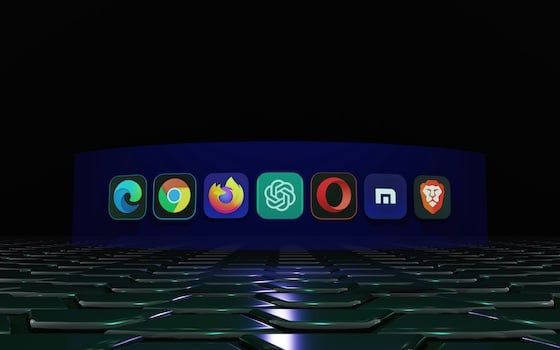Meeting analytics platform Read AI is doubling down on the technology that’s telegraphed in its title. The company has upleveled its capabilities to align with the latest flavors of AI – specifically, large language models. This taps data from thousands of meetings to provide a broader canvas of data and insights.
Before going into the details of this update, what is Read AI? Born out of the pandemic era, the company ingests data from online meetings and processes it so that execs can get smart summaries of takeaways and action items. In a broader sense, they can also gain insights into how to run meetings better.
This includes tracking signals from participants to determine the parts of a given meeting that resonated most. When was participant attention at its high points or low points? And what insights can that provide about topics or other factors that should be played up or down? And how long should meetings be?
“Productivity AI is set to go mainstream in 2024, and Read AI is leading the way,” ReadAI founder and CEO David Shim told Localogy Insider today. “The ability to identify a key question in a meeting, and then using future meetings to source the answer is going to become as common as an Outlook meeting notification.”
David Shim’s Read Brings Conversational Intelligence to the Age of Hybrid Work
Comprehensive Narrative
Now, getting back to the AI updates, Read AI will integrate large language models to expand its ability to provide insights on a given meeting. In other words, it now not only pulls data from a single meeting to formulate insights on that meeting, but it’s armed with behavioral data from all the meetings it tracks.
This accomplishes a few things. First, it offers a bigger footprint to train its AI. Though signals from a given meeting are the primary source for insights on that meeting, other meetings can provide additional training data on macro factors like human behavior (think: faces, gestures, etc), that define sentiment.
In addition to the training angle, broadening its scope means that Read AI can offer more holistic meaning to a given user. Shim likens this to a magazine article (the previous approach) versus chapters in a book. It can offer a more comprehensive narrative about a range of meetings at a given company.
In addition to these functional upgrades, Read AI is launching a series of front-end enhancements.
Daily Read Podcast: This generates a personalized podcast for a given executive that gets them up to speed on meetings over the past 24 hours (see sample). This could be meetings they attended, those they didn’t attend, and any meaningful patterns or trends therein.
Read Q&A: With access to thousands of meetings at a given company, Read AI can discover common questions based on topics. It can then pull in answers from past and future meetings based on popularity and reactions from participants. These form a sort of searchable knowledge graph.
Read Project Manager: A single meeting can create a list of action items, but it isn’t able to track progress and delivery. Read AI’s LMMs identify an action item, and create an assistant that scans through thousands of meetings, determines action items, and updates action status in real time.
Read For You: Instead of a single meeting summary, Read’s LMMs learn what’s important to a given user from a broader swath of meetings. It then creates “For You” pages that can be built around a topic, team, or workspace, containing all the related meeting content from across the company.
Read Smart Scheduler: By incorporating calendars into Read’s LLMs, it can gain insights on the best meeting timeslots. What times engender the best user engagement and sentiment scores? Knowing this lets organizers set meetings up to succeed by scheduling them at optimal dayparts (see sample).
Read.ai Advances Conversational Intelligence To Combat Zoom Fatigue
Distributed Workforce
Altogether, this could be a smart set of updates that work on both UX and functional levels. UX is streamlined through smarter delivery, such as the daily podcast that delivers insights in a popular format that can resonate with executives. Functionality is meanwhile upgraded through LLM’s.
But to be fair, Read AI isn’t new to AI. The technology was a key component of its product model from the start. You can’t get all those meeting signals and insights without AI. But now that the underlying AI capabilities are inflecting from the likes of OpenAI, Read AI is taking the opportunity to step up its game.
In a broader sense, Read AI brings big data to a touchpoint where we increasingly spend time. And though the pendulum is swinging back to in-office mandates, the fact remains that we live in a world of distributed workforces (just ask Howard Lerman). In other words, online meetings are here to stay.
“Read AI’s LMMs create a co-pilot focused on productivity, automatically tracking open action items and progress on delivery, pulling in status reports for you, your team, and your organization, and packages it all up into a morning podcast created just for you. Productivity AI and Read will open up hours a week letting you focus on what you do best.”



